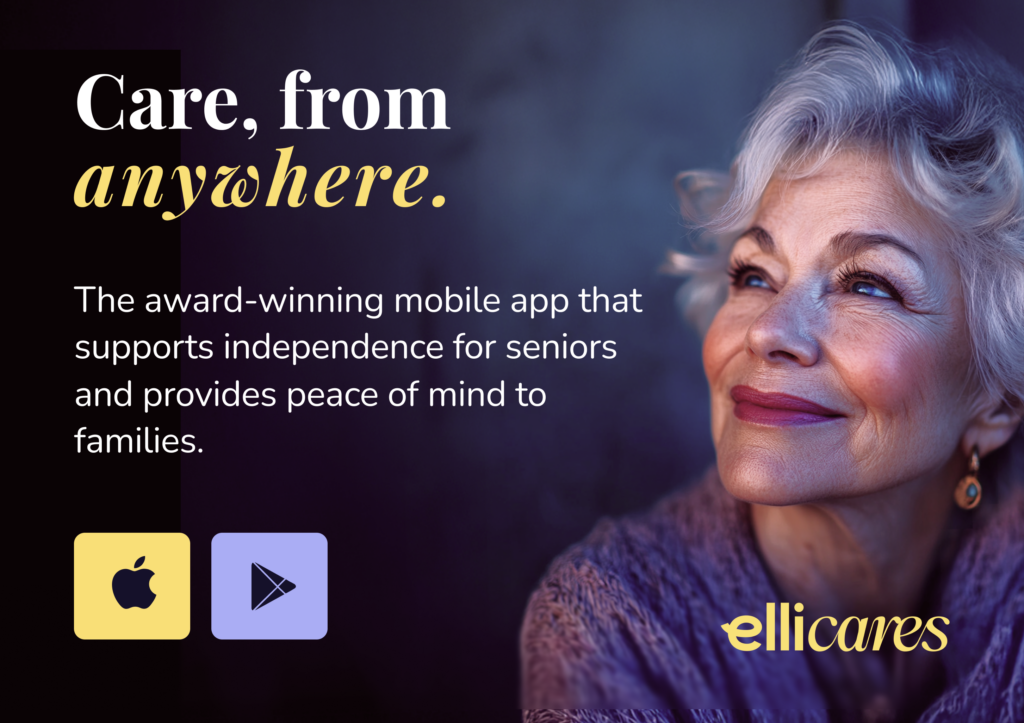As digital tools become more embedded in daily life, many assume they’re a reliable solution to social isolation - especially for older adults and people with dementia. But the relationship between technology, loneliness, and emotional wellbeing is far more complex. In a reflective article from Psychology Today, author and gerontologist Judith Graham unpacks the limitations and potential of technology to reduce loneliness - and what really makes a difference.
Loneliness Is About More Than Just Being Alone
Loneliness is not the same as solitude. A person can be physically surrounded by others and still feel isolated. For older adults - particularly those living with cognitive decline or mobility issues - loneliness often stems from loss of connection, identity, and meaningful interaction.
Graham points out that well-meaning families often assume that providing a senior with a smartphone, tablet, or smart speaker will ease these feelings. But the outcome depends on how technology is introduced, supported, and used.
When Tech Fails - and Why
Simply owning a device isn’t enough. Many older users experience:
-
Frustration with complex interfaces
-
Anxiety around making mistakes or being scammed
-
Lack of confidence in troubleshooting
-
Physical challenges like hearing, vision, or dexterity impairments
-
Disappointment when digital interactions don’t lead to genuine connection
In some cases, technology can even exacerbate feelings of loneliness, especially when it highlights distance (e.g. seeing family on a screen but not in person) or replaces real-world contact.
When Tech Works Best
Despite its limitations, Graham highlights that technology can play a helpful role - when it’s introduced intentionally and supplemented with emotional support. Key enablers include:
-
Training and encouragement from a patient loved one or tech volunteer
-
Devices designed for accessibility (like voice control, simplified interfaces, and one-touch calling)
-
Regular, structured use: weekly video calls, photo sharing, or routine check-ins
-
Digital tools that support routine, like medication reminders or schedule alerts
-
Interactive platforms, such as trivia games, memory-stimulating videos, or storytelling apps
Connection happens not because of the tool - but because someone on the other side shows up, listens, and engages meaningfully.
Technology Alone Won’t Fix Loneliness
A recurring message throughout the article is that technology is not a substitute for human connection. It can enhance it - but only within a broader context of care, empathy, and inclusion.
Loneliness is best addressed with a blend of strategies:
-
Community-based activities (in-person or virtual)
-
Peer support or befriending programs
-
Emotional validation and communication training for families
-
Technology designed with aging in mind - not just retrofitted for it
💬 How Elli Cares Bridges the Gap
At Elli Cares, we build digital tools that support both routine and relationship. Our app includes:
-
Video and voice reminders that feel familiar and loving
-
Safe Zones and location tracking for peace of mind
-
Daily check-ins that reduce feelings of being “forgotten”
-
Wellness prompts and caregiver coordination that foster shared responsibility
Most importantly, we work with people - not just devices - to reduce emotional isolation and restore connection.
👉 Read the full article on Psychology Today








